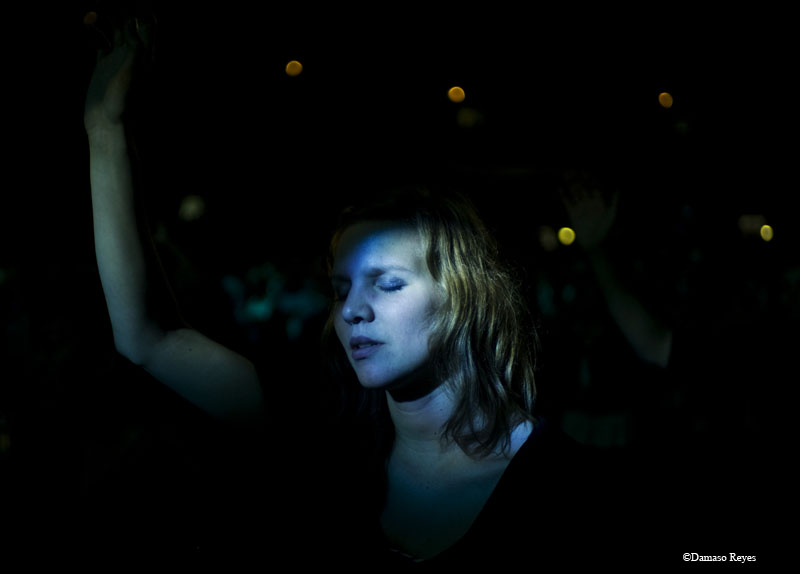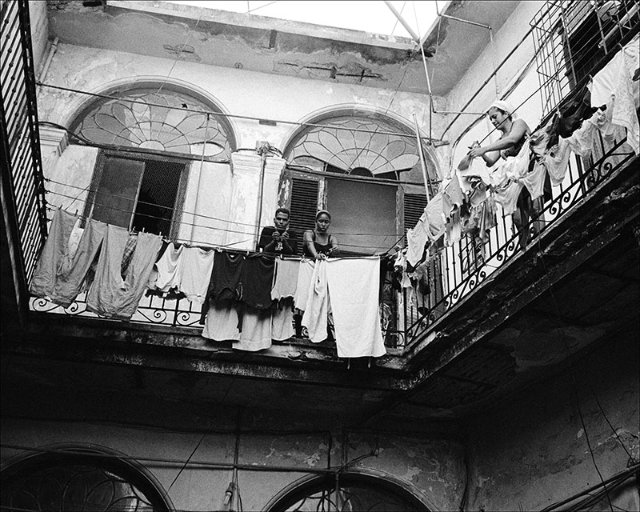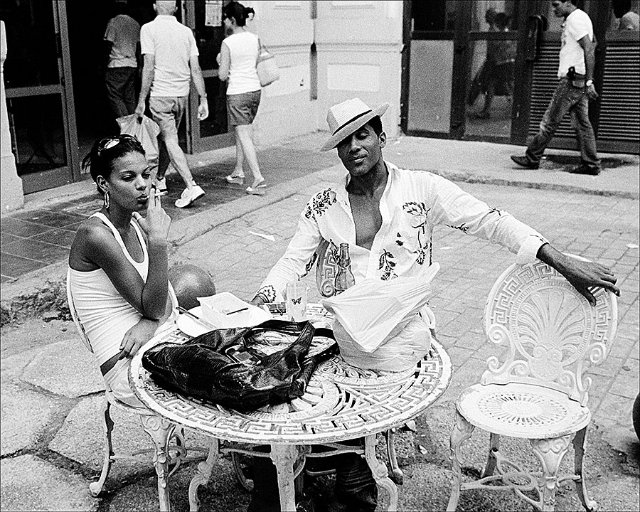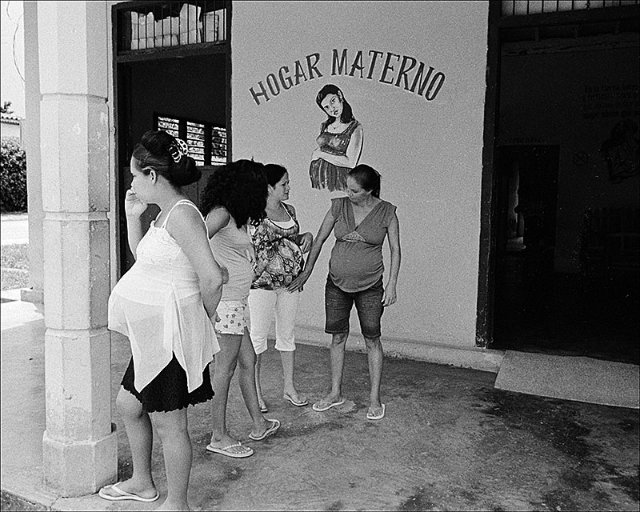sailor
Well-known
I hate having to think up titles as I used to do when I entered camera club competitions. Too often I've fallen into the trap of producing twee and cringeworthy titles I'm sorry to say.
What I do think makes a difference is when there is a commentary or explanation of the photograph, particularly where the subject is a person. It doesn't make the photograph any better but it can make the viewing experience more interesting. I've just treated myself to a book called Highland Journey by the Scottish photographer Robin Gillanders. On one page is the photo and facing it he talks about the circumstances of taking it and gives some details of the subject. I wouldn't consider all the photographs in the book to be fantastic works of art but the whole package was a thoroughly enjoyable experience.
What I do think makes a difference is when there is a commentary or explanation of the photograph, particularly where the subject is a person. It doesn't make the photograph any better but it can make the viewing experience more interesting. I've just treated myself to a book called Highland Journey by the Scottish photographer Robin Gillanders. On one page is the photo and facing it he talks about the circumstances of taking it and gives some details of the subject. I wouldn't consider all the photographs in the book to be fantastic works of art but the whole package was a thoroughly enjoyable experience.






